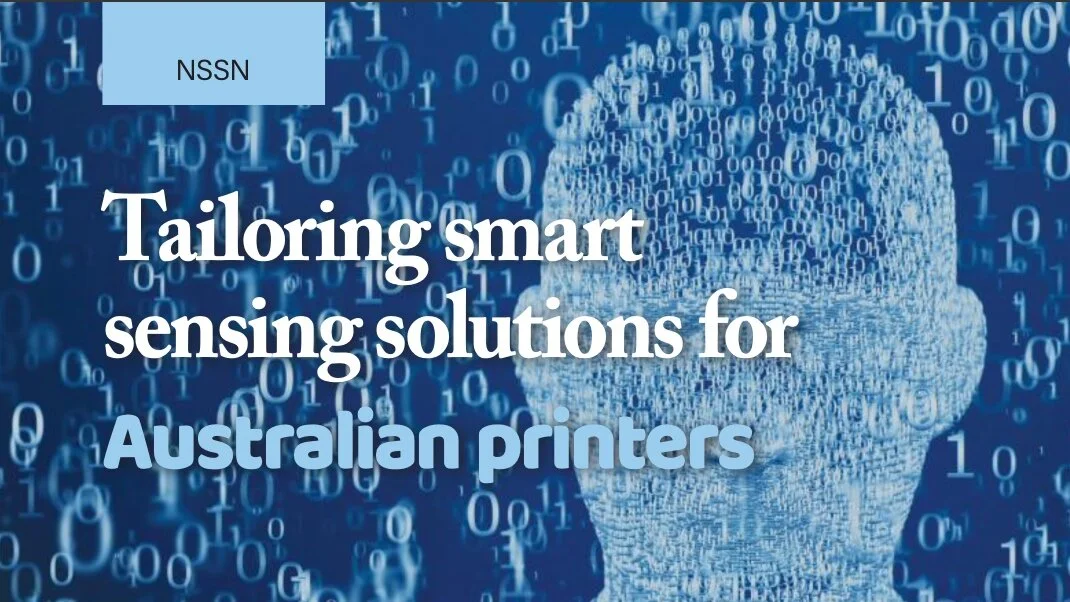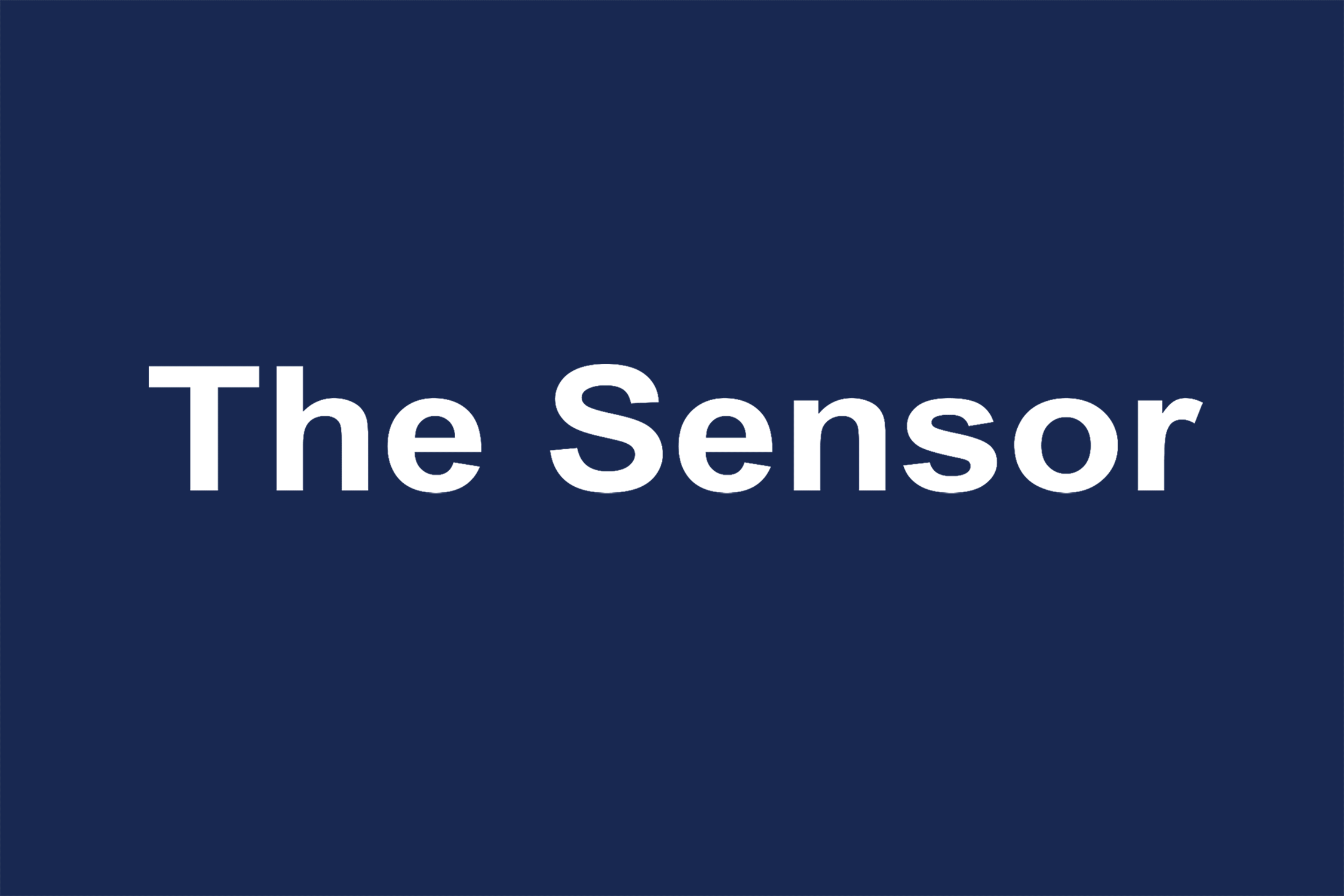Published in the Australian Printer magazine, "Tailoring smart sensing solutions for Australian printers" is about how local R&D institutions create solutions for Australian manufacturers to maximise automation capabilities and reduce overall costs and environmental impact.
Read MoreThe second virtual NSW Smart Sensing Network (NSSN) COVID-19 Q&A Forum took place on 21 May 2020. The Forum brought together world-renowned scientists and practitioners from across NSW to discuss the role of sensing and diagnostics in emerging from the pandemic.
Read MoreThe second NSW Smart Sensing Network (NSSN) COVID-19 Q&A Forum took place online on 21 May 2020 from 10:30 am to 12:00 pm. Watch the recording here.
Read MoreA total of 237 leading researchers across Australia will receive five-year Investigator Grants from the National Health and Medical Research Council (NHMRC).
Read MoreResearchers are using sound waves, known as phonons, to store and transfer data on microchips to potentially enable the chips to operate without heat-producing electrons.
Read MoreThe second NSSN COVID-19 Q&A Forum will take place from 10:30 am to 12:00 pm on 21 May 2020.
Read MoreThe virtual NSW Smart Sensing Network (NSSN) Frontiers in Sensing Forum 2020 took place on 7 May 2020. Watch the recording here.
Read MoreThe NSSN Frontiers in Sensing Forum 2020, opened by The Hon. Matt Kean MP, NSW Minister for Energy & Environment, brought together smart sensing and bushfire experts with key policymakers to explore the role of smart sensing technology in delivering solutions for bushfire prevention, mitigation and response.
Read MoreA point of care, rapid testing for SARS-CoV-2 project led by Scientia Professor Justin Gooding, Co-Director at NSSN and the Australian Centre for NanoMedicine has received funding under the newly established UNSW COVID-19 Rapid Response Research Fund.
Read MoreThe NSSN has joined the fight against COVID-19 by bringing together NSW-based electrical manufacturer Circuitwise with a consortium of companies led by Grey Innovation that aim to produce 2,000 invasive ventilators in Australia.
Read More











